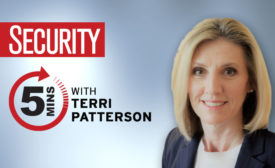Home » risk assessment
Articles Tagged with ''risk assessment''
Education & Training
Diversity training best practices in a time of social unrest and racial unease
August 11, 2021
Education & Training
COVID-19 brought all hands on deck: Why we need to keep it that way
July 14, 2021
Special Report
Walking the line: Navigating the insider threat
Determining the definition of insider risk to your organization is half the battle in mitigating the threat. The other half is more complicated, involving security culture, defined procedures and responses, and a little bit of technology.
June 1, 2021
Sign-up to receive top management & result-driven techniques in the industry.
Join over 20,000+ industry leaders who receive our premium content.
SIGN UP TODAY!Copyright ©2024. All Rights Reserved BNP Media.
Design, CMS, Hosting & Web Development :: ePublishing












